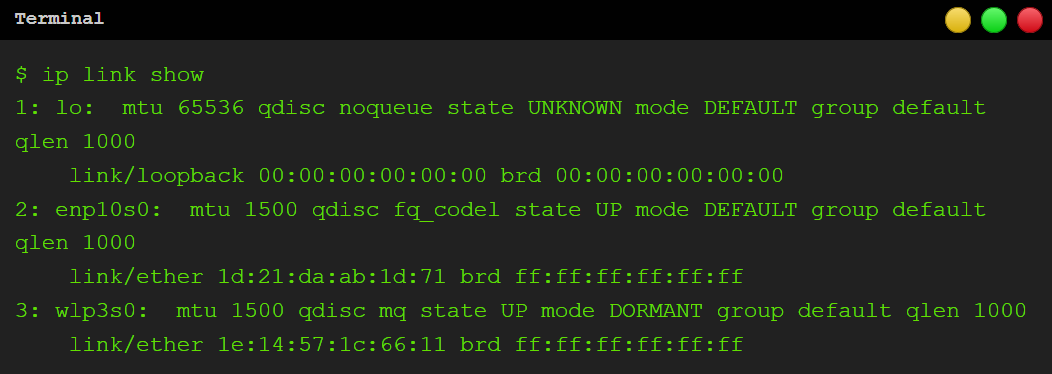
In the output below, the MAC address is the hardware address (HWaddr), as highlighted below. After running "ifconfig" from the command line, you get output similar to the example below. If you are running Linux and Unix or a variant, you can determine the MAC address or hardware address using the ifconfig command.
This command lists all your computer adapters, and the MAC address is the Physical address in this list (shown below).Ĭonnection-specific DNS Suffix. How to get to an MS-DOS prompt or Windows command line. Finding the MAC from MS-DOS or Windows command line For your IP address, from the tabs on the top, select “TCP/IP”.You can also follow the steps below to view the MAC address from the command line. For your MAC address, from the tabs on the top, select “Hardware”. From the options to the right, click the “Advanced” button. From the list on the left, highlight the option desired, e.g., “Wi-Fi” or “Ethernet”.  From the Apple menu, select “System Preferences”. Your MAC address is the Physical Address listed, and your IP address is the IP address listed. The command will return information that looks like the following:ĭescription. Within the command prompt, type “ipconfig/all”. Type “cmd” into the dialog box that appears, and click “Okay”.
From the Apple menu, select “System Preferences”. Your MAC address is the Physical Address listed, and your IP address is the IP address listed. The command will return information that looks like the following:ĭescription. Within the command prompt, type “ipconfig/all”. Type “cmd” into the dialog box that appears, and click “Okay”. 
Select “Run” if available, or click into the search box on the start menu itself.The UW’s Network Portal displays basic information about your network connection, and should contain your MAC and IP addresses. The following methods will help you manually determine what your MAC and IP addresses are depending on the operating system you are running. On a computer network, a media access control (MAC) address is your computer’s unique identification number used by the network to identify your device, and your IP address is the online network address for your computer.






 0 kommentar(er)
0 kommentar(er)
